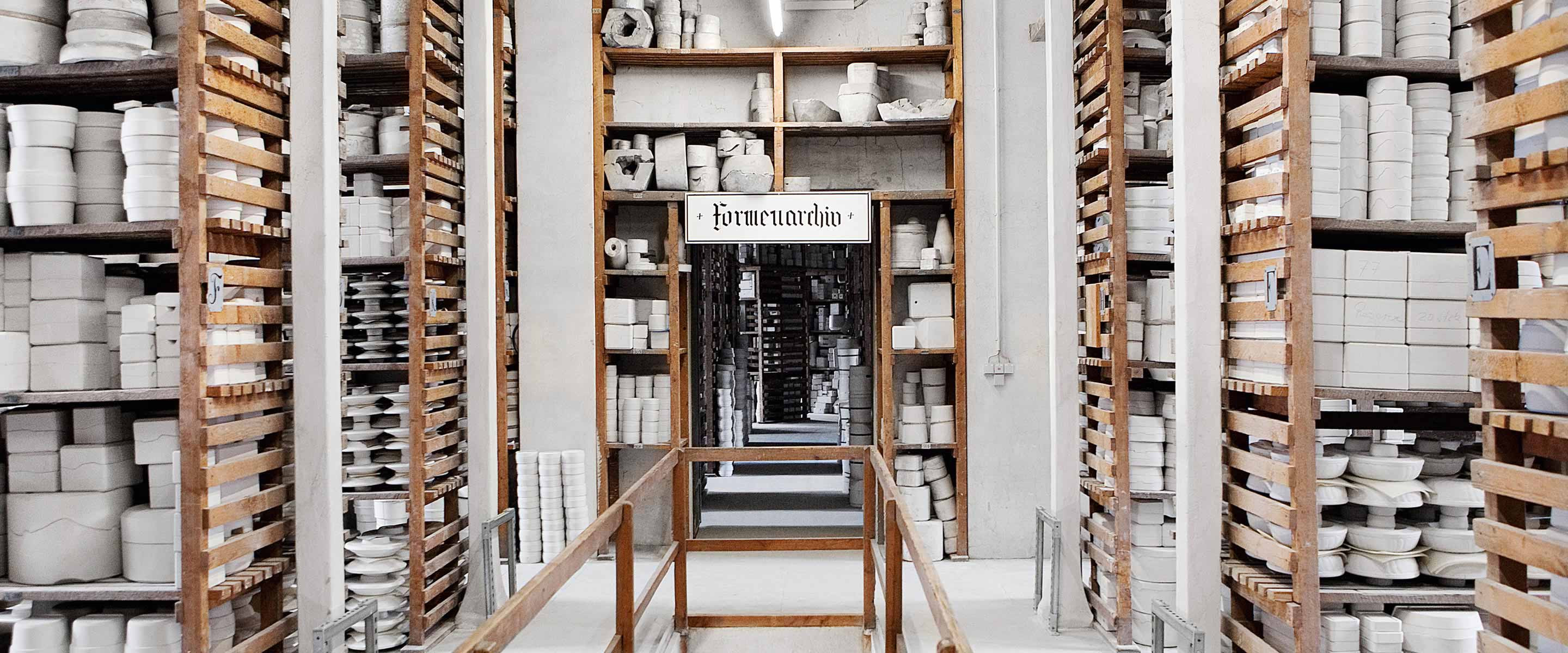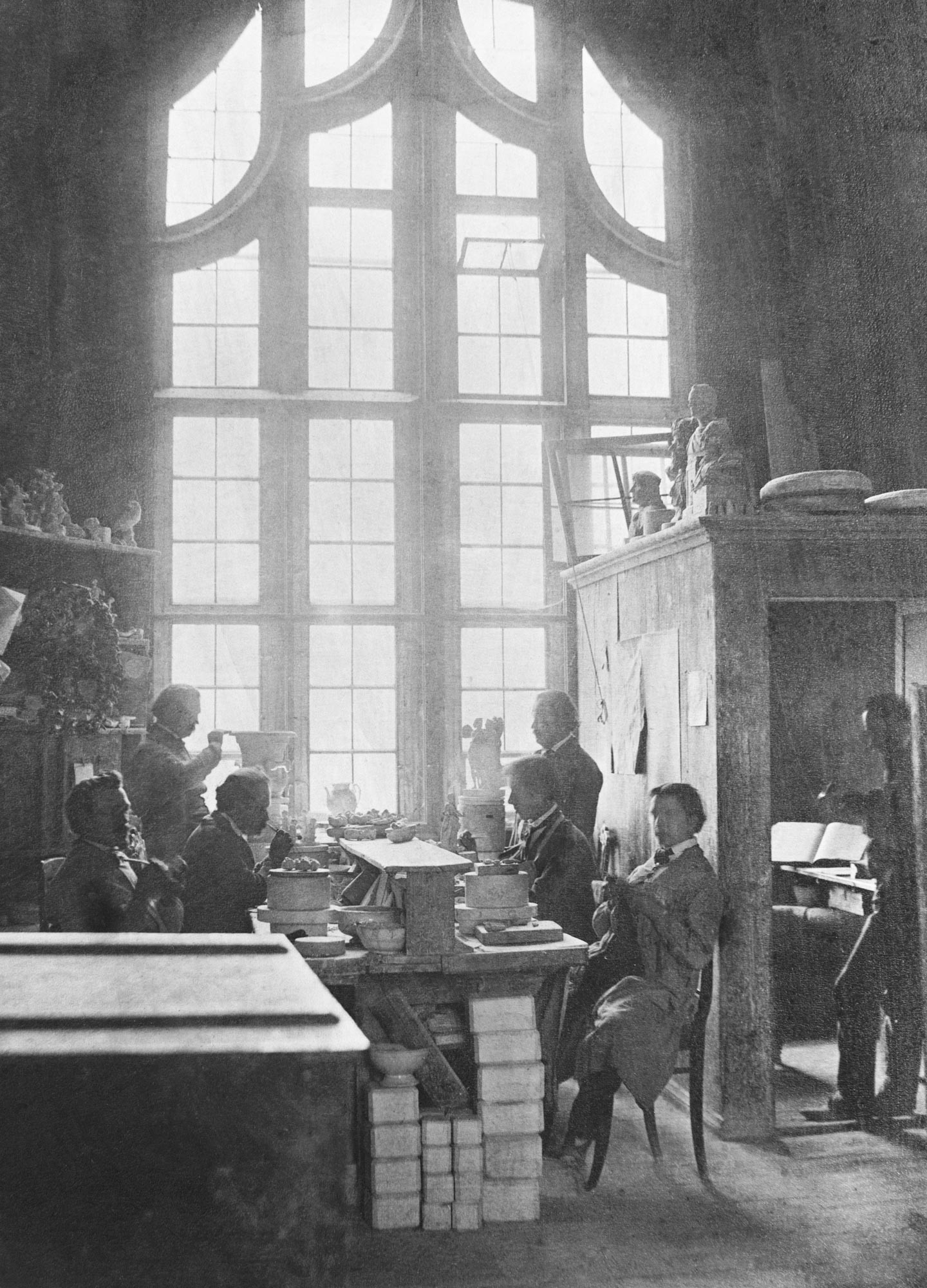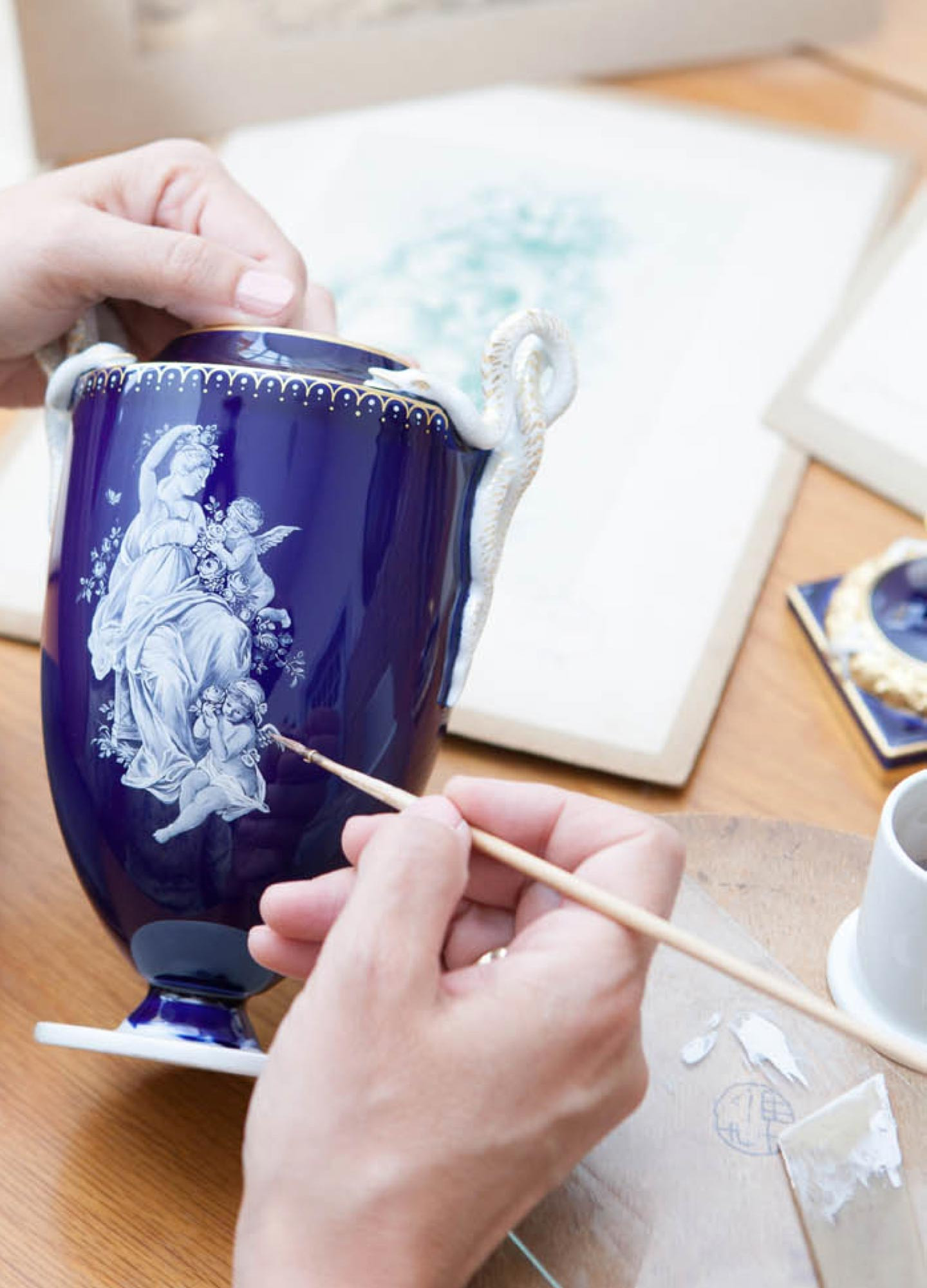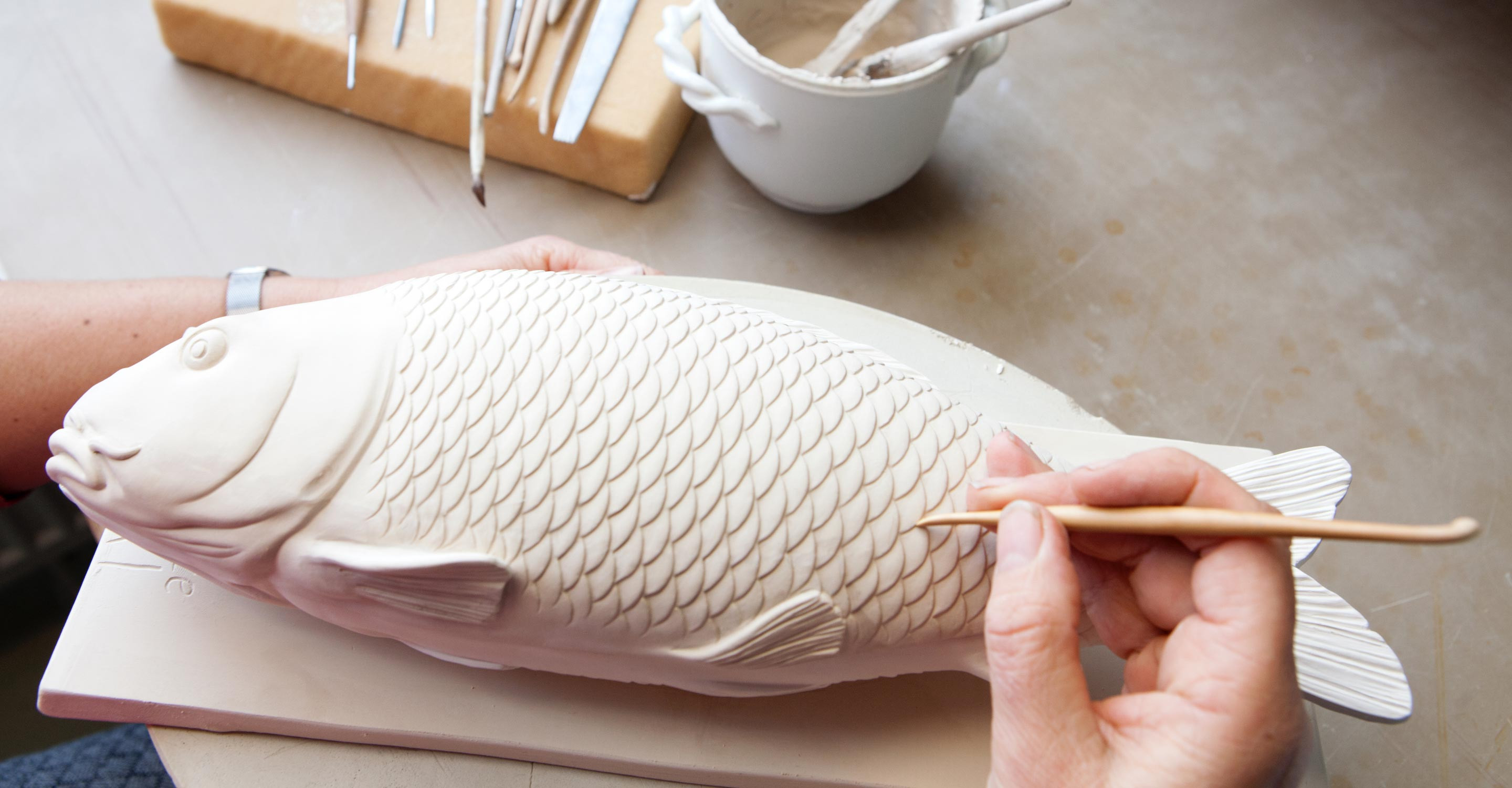About the manufactory

Since its founding in 1710, the Meissen porcelain manufactory has stood for the highest-quality porcelain and the utmost workmanship, represented around the world with the insignia of two Crossed Swords in cobalt blue. The quality of Meissen porcelain has its beginnings in the manufactory’s own mine near the city of Meissen, where the purest kaolin is sourced day after day. This white clay is the key to the striking radiance of Meissen porcelain. The precise blending of kaolin with native feldspar and quartz has been refined in Meissen over the past 300 years and is still completed by hand to this day. Charting new territory in the creation of new porcelain objects is as much a part of the manufactory’s tradition as the observation of its own rich heritage. For this, MEISSEN can draw on the world’s oldest and most comprehensive archive of historic models and plaster moulds, making it possible to reproduce practically any form to ever come out of the manufactory.
Meanwhile, the manufactory’s paint laboratory while constantly formulating new, vibrant hues closely guards the formulas for approximately 10.000 different porcelain colours, enabling the Meissen painters to revive every nuance of historic patterns true to the originals. This rich trove of historical inspiration in Meissen’s Triebischtal, not far from the Saxon capital of Dresden, is combined with peerless craftsmanship to create intricate figurines, large-format sculptures, exquisite dining services, and one-of-a-kind works of art that attain the highest standards of exclusivity and individuality.
-
 TraditionAs early as the 13th century, porcelain was a highly coveted item at the royal courts of Europe and was imported from China at extravagant prices. Attempts were made starting from the early 18th century to reproduce the “White Gold” in Europe, with alchemist Johann Friedrich Böttger finding success in Meissen in 1708 under commission from Saxony’s royal court. That discovery marked the beginning of a legend that was sealed two years later with the founding of the manufactory by Augustus the Strong, Elector of Saxony, and continues to gain new chapters even today. The careful preservation and centring of handicraft traditions comes together with contemporary innovation. Each piece of Meissen porcelain embodies a dedication to preserve tradition while also striving for the new, harmonising the past and the present, an expression of the masterful skill and rich treasury of experience of the manufactory’s artisans.
TraditionAs early as the 13th century, porcelain was a highly coveted item at the royal courts of Europe and was imported from China at extravagant prices. Attempts were made starting from the early 18th century to reproduce the “White Gold” in Europe, with alchemist Johann Friedrich Böttger finding success in Meissen in 1708 under commission from Saxony’s royal court. That discovery marked the beginning of a legend that was sealed two years later with the founding of the manufactory by Augustus the Strong, Elector of Saxony, and continues to gain new chapters even today. The careful preservation and centring of handicraft traditions comes together with contemporary innovation. Each piece of Meissen porcelain embodies a dedication to preserve tradition while also striving for the new, harmonising the past and the present, an expression of the masterful skill and rich treasury of experience of the manufactory’s artisans. -
 QualityFor 300 years, MEISSEN has been applying elaborate handicraft to produce the world’s finest porcelain at a single production site, initially located in Meissen’s Albrechtsburg and then at Meissen’s Triebischtal from the beginning of the 1860s. Here is where porcelain of the highest purity is created to uncompromising quality standards, with hand-painted decorations that testify to the utmost precision of the artisan’s brush. The quality of the porcelain has its origins in the manufactory’s own mine, where the purest kaolin clay is sourced day after day. In the months-long refinement process that follows, quartz and feldspar are added to produce the porcelain paste under constant monitoring. Giving the raw material its form and colour relies on the expertise of human hands. The in-house training to become a painter or shaper lasts over three years, while achieving the level of Master takes many years more. A piece created for the “Limited Masterworks” collection requires months of elaborate handicraft, learned over decades of exacting training.
QualityFor 300 years, MEISSEN has been applying elaborate handicraft to produce the world’s finest porcelain at a single production site, initially located in Meissen’s Albrechtsburg and then at Meissen’s Triebischtal from the beginning of the 1860s. Here is where porcelain of the highest purity is created to uncompromising quality standards, with hand-painted decorations that testify to the utmost precision of the artisan’s brush. The quality of the porcelain has its origins in the manufactory’s own mine, where the purest kaolin clay is sourced day after day. In the months-long refinement process that follows, quartz and feldspar are added to produce the porcelain paste under constant monitoring. Giving the raw material its form and colour relies on the expertise of human hands. The in-house training to become a painter or shaper lasts over three years, while achieving the level of Master takes many years more. A piece created for the “Limited Masterworks” collection requires months of elaborate handicraft, learned over decades of exacting training.

Philosophy
Each piece of Meissen porcelain has its beginnings in the manufactory’s archives, the oldest and largest treasury of models and moulds anywhere in the world. Each new piece that bears the Meissen name is a modern interpretation of European art and cultural history.

